
There are many components that go into learning a language. Knowing the culture surrounding that language is one of them!
This brief Polish culture overview will provide you with all the information you need to get a head start, from traditional values to the country’s art and cuisine. These interesting Polish culture facts will help you better understand the country and its people, thus helping you acquire the Polish language more quickly.
Let’s get started.
 Table of Contents
Table of Contents
- Values and Beliefs
- Religion in Poland
- Family and Work
- Polish Art
- Polish Food
- Traditional Holidays
- Final Thoughts
1. Values and Beliefs
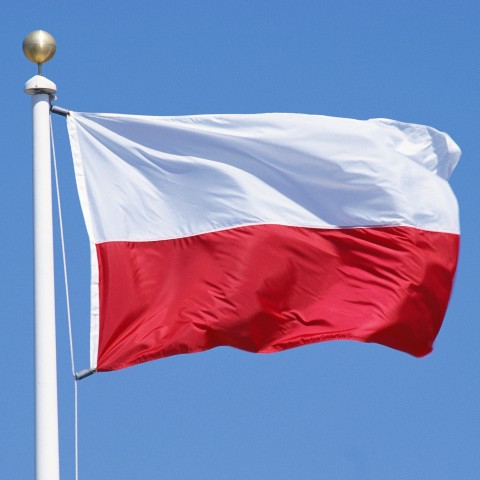
Many people in Poland adhere to traditional values and family is very important to them. In general, people living in small villages are more traditional than those living in big cities. In fact, the big-city lifestyle in Poland doesn’t differ much from the lifestyle of people living in other European cities.
The Polish culture values collectivism over individualism, though this is changing these days. Community is very important to Polish people, which has both its advantages and disadvantages.
One of the more notable features of Polish culture is its straightforwardness. Unlike people in many Western European cultures, Polish people prefer to get straight to the point. This is why asking “How are you?” (Co u ciebie?) is more than just a mere nicety. People really want to know how you are, so feel free to answer at length.
2. Religion in Poland
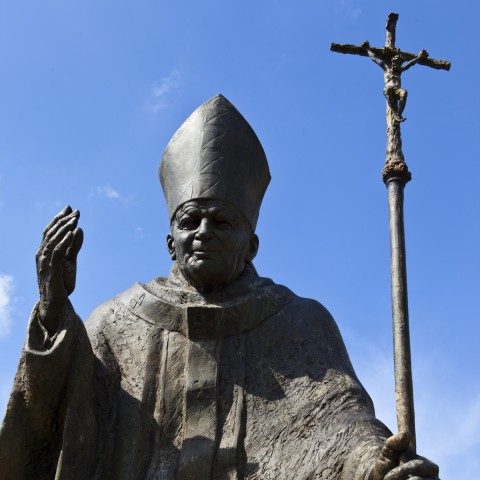
Polish culture and religion are intertwined. Poland is a predominantly Catholic country, with around 90% of Polish people identifying as Roman Catholics. This means that Catholic values and the Catholic Church influence social, artistic, and political life.
Close to 1% of the Polish population is Eastern Orthodox. Representatives of other religions are less numerous. That said, these statistics are likely to change as Poland is becoming a more attractive destination for immigrants from (and outside of) Europe.
3. Family and Work
Because religion heavily impacts Polish culture and traditions, many people in Poland have conservative family values. In many families, the man is still considered to be the head of the household. Polish legislation doesn’t recognize long-term cohabitation, nor has it legalized same-sex marriages.
Despite these conservative values, the Polish family landscape has been changing in favor of assisting Polish women professionally. Poland gives women a generous allowance of up to a year to give birth and take care of their child. Today, women can share that allowance with the father of the child.
Work culture is another factor that needs to be taken into account. Polish culture values laboriousness, punctuality, and respect for deadlines. The Polish are known to be hard-working and they generally adhere to strong work ethics.
4. Polish Art
Art is often intertwined with history, making it difficult to understand one without the other. Polish art is one of the things you’ll have more access to once you have a better understanding of the language.
A- Polish Architecture
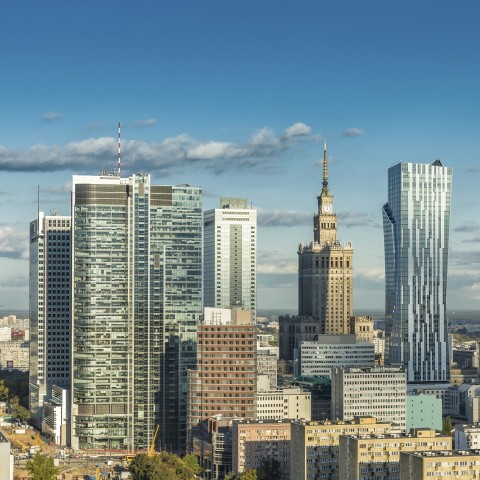
Architecture in Polish cities is a mixture of modern buildings, Soviet-style aesthetics, and older constructions that survived the Second World War. There are many cities you can visit to appreciate the architectural features of Polish culture: Warsaw (Warszawa), Cracow (Kraków), Wrocław, Gdańsk, Gdynia, and Sopot, among others.
A typical Polish city has an historical part called ‘old town’ in the middle of it. Some old cities have buildings that are centuries old while others, notably the Old City in Warsaw (Warszawska Starówka), were largely destroyed during the Second World War and had to be reconstructed. Other parts of a city are usually full of modern buildings with older ones mixed into the landscape.
After the Second World War, Poland was under the influence of the Soviet Union. The particular style of the period added to the Polish architecture. Famous buildings such as the Palace of Culture (Pałac Kultury) in Warsaw and the multipurpose arena in Katowice (Katowicki Spodek) are good examples of such architecture.
B- Polish Literature
Some Polish books and poems will only be accessible to you once you’ve developed your Polish language skills. However, many books have been translated into other languages.
Andrzej Sapkowski, the author of The Witcher saga, is perhaps the most famous Polish author at the moment. However, other notable Polish writers whose works have been translated into other languages are the Nobel Prize winners: Henryk Sienkiewicz (1905), Czesław Miłosz (1980), Wisława Szymborska (1996), and Olga Tokarczuk (2019).
C- Polish Music
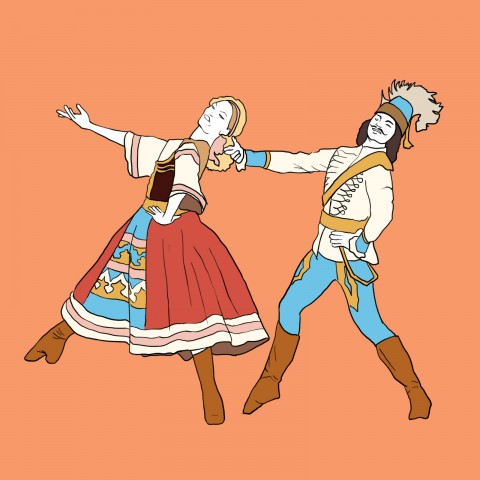
Like people in countries around the world, Polish people like music.
Poles listen to both international music and homegrown Polish music. There’s Polish pop, rock, metal, and all other genres that come to mind. One genre that has been gaining popularity over the years is folk music. The modern spin on musical tradition was popularized in the 90s by bands such as Brathanki and Golec Ouerkiestra. Their work also incorporates another element of traditional Polish culture: clothing.
Here’s a selective list of Polish bands and musicians who have become internationally famous:
- Joanna Kulig is a well-known Polish actress and singer who became an international star after her performance in the 2019 Oscar-nominated movie Cold War.
- Poland hasn’t been particularly successful in the Eurovision Contest, but Edyta Górniak came in second place in 1994.
- If you’re a fan of metal, you may already know the two famous Polish metal bands: Mgła and Behemoth.
- Krzysztof Komeda is a famous film composer who worked with Roman Polański on movies such as Rosemary’s Baby.
- Wojciech Kilar is another famous film composer who worked with Polański. He’s known for his work on The Pianist as well as other blockbusters such as Bram Stoker’s Dracula and The Truman Show.
These are just some highlights to get you started in your exploration of Polish music. If you want to learn more, we have a series of lessons on the top 10 Polish musicians, including Frederic Chopin and Krzysztof Kieslowski.
5. Polish Food
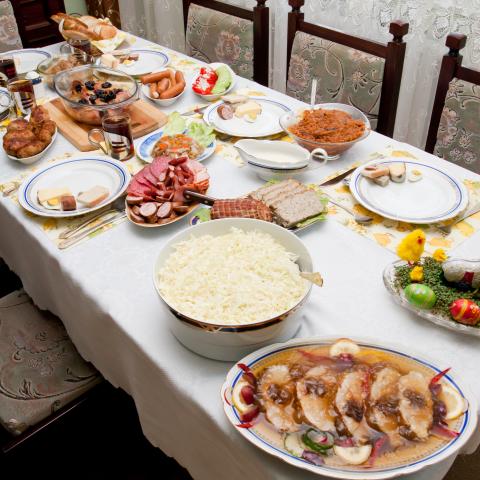
Polish culture and food go hand in hand. Of course, modernity has brought changes to our traditional eating habits, but eating remains a very important part of Polish holidays.
Polish food is quite typical for the region, with many dishes having close equivalents in the Ukraine, Hungary, Czech Republic, and Slovakia. Polish cuisine also has many Jewish influences.
Polish food is quite filling and contains a lot of meat, with pork and beef being particularly popular. Still, there are many health benefits associated with eating certain Polish dishes such as pickled vegetables. Kapusta kiszona (“sauerkraut”) and ogórki kiszone (“pickled gherkins”) are great examples.
Let’s not forget about drinks! Polish drinking culture is social. For instance, vodka (wódka) is an important presence during Polish wedding toasts. Polish people also like to drink beer (piwo) in a bottle (z butelki) or draught (z nalewaka). As for non-alcoholic beverages traditionally present on Polish tables, there is the sweet kompot made of different kinds of fruit.
Would you like to learn more about the food culture in Poland? Have a look at our lessons:
6. Traditional Holidays

Polish people celebrate many holidays on the Christian calendar such as Christmas (Święta Bożego Narodzenia) and Easter (Wielkanoc). They’re both a big deal in Poland, and some days around that period are public holidays so that people can enjoy time with their families. There are also Polish traditions that aren’t related to Christianity, such as Children’s Day and Labor Day.
There’s also a number of cherished traditions and holidays in Poland, which are either exclusively Polish or are only known in a handful of other countries. Among them you can find:
- Drowning of Marzanna. This is a tradition where we drown a doll called Marzanna to say goodbye to winter and welcome spring.
- Śmigus-dyngus. This day is also known as Wet Monday or Easter Monday. People all around Poland throw water at one another on this day!
- Tłusty Czwartek. This is a day meant for pre-Lent indulgence, and we celebrate by eating sweets such as pączki (donuts with jam).
Would you like to get more information about Poland? Culture-related events are discussed in our lesson on the Top 5 Important Dates During the Polish Calendar Year.
7. Final Thoughts
Today, you’ve learned some key Polish culture facts that should help you better understand the country. We hope that our overview has answered some of your questions. Remember to explore our website to find even more information about Poland and the Polish language.
Culture isn’t everything! If you want to know the language, you need to do some work.
Fortunately, thanks to PolishPod101.com, your work can be much more fun! Here, you can find countless lessons, recordings, and videos featuring native speakers. You can learn tons of new vocabulary with our vocabulary lists and dictionary, both of which have recorded pronunciations.
Are you ready to up your game? Start your free trial today!
Before you go, let us know in the comments how Polish culture compares to that in your country! We look forward to hearing from you.










